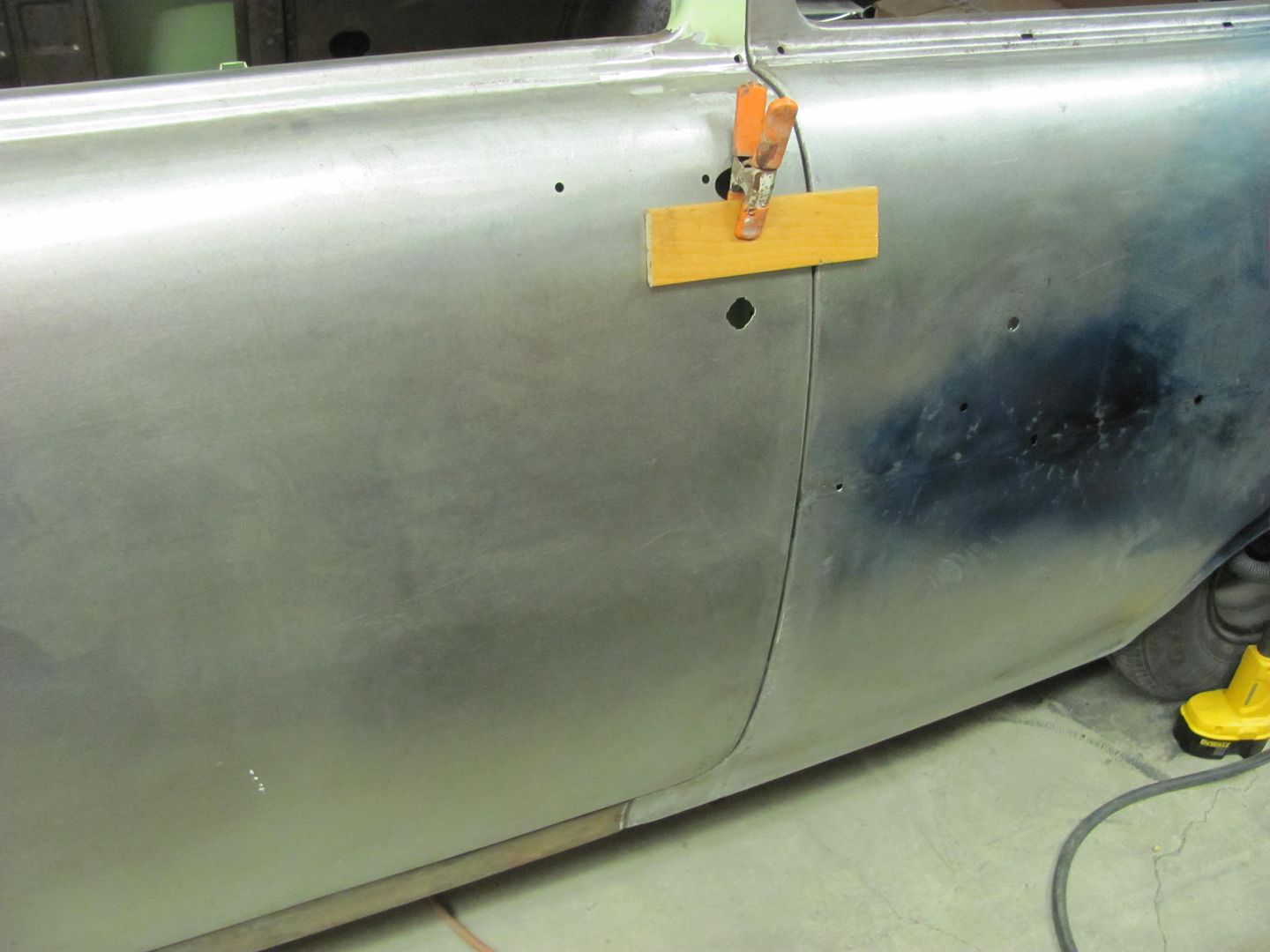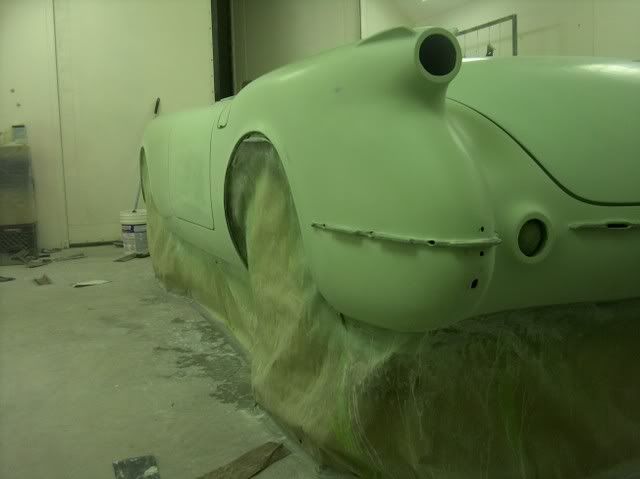I was looking through the post by MP&C in the Resto section about the 55 Chevy wagon and I saw where he block sanded across the door gaps.
When doing this, how is the door held closed and kept from moving in & out? In his pics there weren't any door handles but maybe the latches and strikers were in place? Or is there some other method used?
Thanks,
Ken
When doing this, how is the door held closed and kept from moving in & out? In his pics there weren't any door handles but maybe the latches and strikers were in place? Or is there some other method used?
Thanks,
Ken









